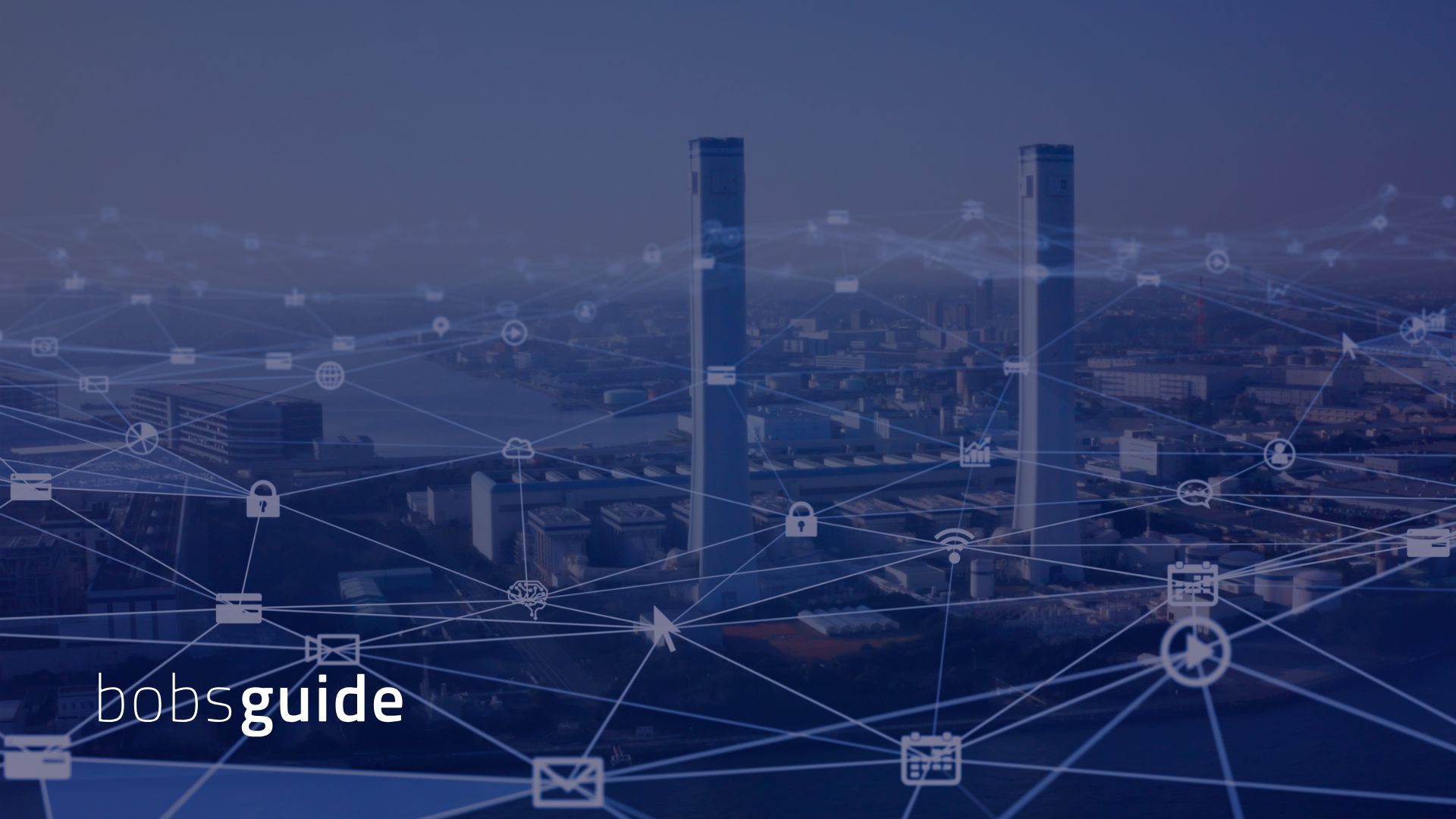The growing need for cloud security automation in finance
Financial institutions are increasingly turning to cloud security automation to manage the complexities of securing their cloud environments. This article explores the benefits of automation, the key technologies involved, and the best practices for implementation. It highlights how automation can improve efficiency, reduce errors, and enhance the overall security posture of financial organizations in the cloud.
-
Nikita Alexander
- May 24, 2025
- 3 minutes

Financial institutions are rapidly embracing cloud computing to achieve greater agility, scalability, and cost-efficiency. However, the dynamic and complex nature of cloud environments presents significant security challenges. Traditional manual security approaches are often inadequate to keep pace with the speed and scale of cloud deployments. This is where cloud security automation becomes essential.
Cloud security automation involves using technology to automatically perform security tasks, such as configuration management, vulnerability scanning, threat detection, and incident response. Automation can help financial institutions to improve their security posture, reduce the risk of human error, and enhance operational efficiency.
Benefits of cloud security automation for financial institutions
Cloud security automation offers several key benefits for financial institutions:
- Improved efficiency: Automation can significantly reduce the time and effort required to perform security tasks. This frees up security personnel to focus on more strategic initiatives.
- Reduced errors: Manual security processes are prone to human error, which can lead to misconfigurations and vulnerabilities. Automation helps to minimize these errors by ensuring consistency and accuracy.
- Enhanced security posture: Automation enables continuous monitoring and enforcement of security policies, which helps to detect and respond to threats more quickly and effectively.
- Scalability: Automation allows financial institutions to scale their security operations to meet the demands of growing cloud environments.
- Compliance: Automation can help financial institutions to meet regulatory requirements by providing automated compliance monitoring and reporting.
Key technologies for cloud security automation
Several key technologies enable cloud security automation:
- Cloud Security Posture Management (CSPM): CSPM tools automate the identification and remediation of security misconfigurations in cloud environments.
- Security Orchestration, Automation, and Response (SOAR): SOAR platforms automate incident response workflows, enabling faster and more efficient threat mitigation.
- Infrastructure as Code (IaC): IaC allows security configurations to be defined and managed as code, enabling automation and consistency.
- Artificial Intelligence (AI) and Machine Learning (ML): AI and ML can be used to automate threat detection, anomaly detection, and vulnerability management.
Best practices for implementing cloud security automation
Financial institutions should follow these best practices when implementing cloud security automation:
- Start with a clear strategy: Define specific goals and objectives for cloud security automation.
- Prioritize automation tasks: Identify the security tasks that will benefit most from automation.
- Choose the right tools: Select automation tools that are compatible with the cloud environment and meet the organization’s needs.
- Implement automation gradually: Begin with pilot projects and gradually expand automation to other areas.
- Test and validate automation: Thoroughly test and validate automation workflows to ensure they function correctly.
- Monitor and maintain automation: Continuously monitor and maintain automation tools to ensure they remain effective.
- Train personnel: Provide training to security personnel on how to use and manage automation tools.
Use cases for cloud security automation in finance
Cloud security automation can be applied to various use cases in the financial sector:
- Automated compliance monitoring: Automate the monitoring of security controls to ensure compliance with regulations like PCI DSS and GDPR.
- Automated vulnerability management: Automate the scanning and remediation of vulnerabilities in cloud environments.
- Automated threat detection and response: Automate the detection and response to security threats, such as malware and intrusions.
- Automated security configuration management: Automate the configuration and enforcement of security policies across cloud resources.
- Automated incident response: Automate incident response workflows to contain and mitigate security incidents.


 Bobsguide is a
Bobsguide is a